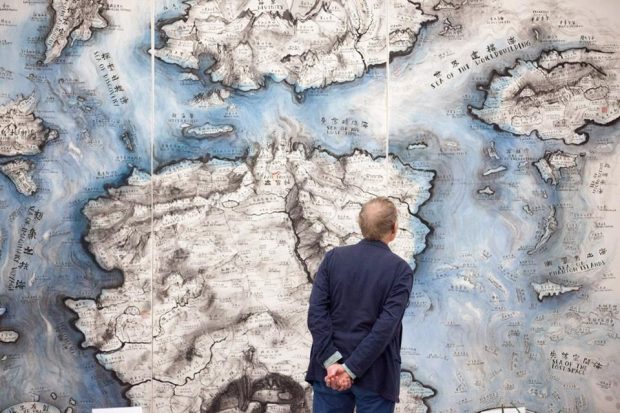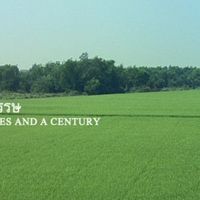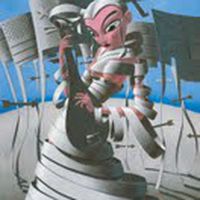Netherlands | Qiu Zhijie: Journeys without Arrivals exhibition

The solo exhibition Qiu Zhijie: Journeys without Arrivals is the first comprehensive overview of one of the most important Chinese artists of his generation. The wide spectrum of his artworks—ranging in media and entangling different temporalities and geographies—unveils an intimate portrait of the artist as a polymath, whose artistic work is an integral part of a larger, holistic approach to life. Embracing the concept of total art, Qiu demonstrates the role of art as a powerful engine for coming to terms with change, tradition and globalisation in China and across the world.
The exhibition proposes that Qiu’s work might be seen as a series of unending journeys. Whether it is his reinterpretation of scroll painting; his travels in Tibet; or his response to the great modernist icon of the Nanjing River Bridge, the works are always looking to preserve, update and revolutionise elements of different traditions at the same time.
Qiu’s work has the exceptional quality of creating the forms through which this can happen. The individual images and sculptures retain recognisable elements from their material sources and craft origins while putting them to use in completely contemporary scenarios. In this way, Qiu breaks with the past as proposed by western modernism towards a recycling of ancient ways of thinking for a demodernising, global cultural present. The recognition of this potential to incorporate and yet move beyond modernity from a Chinese origin is the key to understanding how the works might be influential.
Qiu Zhijie (1969, Zhangzhou) experienced the rapid changes in Chinese society over the last decades as it has opened itself up to economic and cultural globalisation. As the largest state in the world, developments in the People’s Republic will always affect the whole planet, but its recent history is one of learning from elsewhere as much as innovating from within. Such intercultural encounters are the basis for much of Qiu’s work. He draws on certain pictorial traditions, from calligraphy to handicraft techniques, and pushes them into the present. There, they are seen not as victims of a new age, but as systems of thinking that can account for what is happening today at least as much as the traditions of western modernist aesthetics. It is in this context that he represents an ideal example of an artist as a go-between, whose broad ideas and engagements—as an artist, merchant, teacher and political activist—become strong, resolute and profound gestures/images of the contemporary world.
Similar content
deadline
14 May 2012
from - to
02 Oct 2012 - 31 Dec 2012
08 Sep 2010
posted on
22 Nov 2011
deadline
15 Oct 2021





